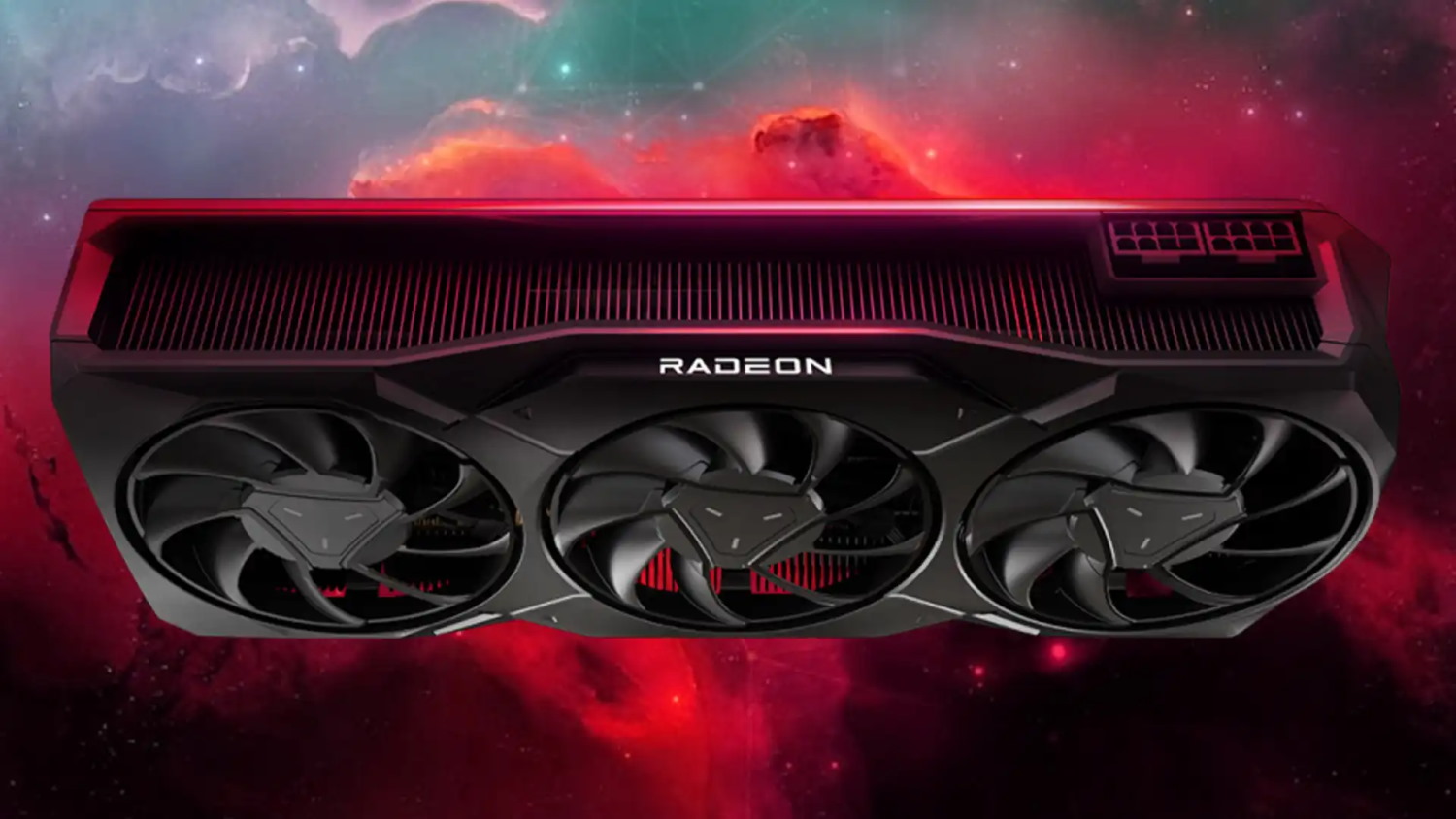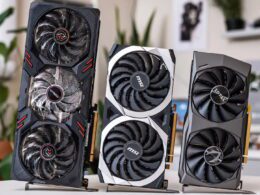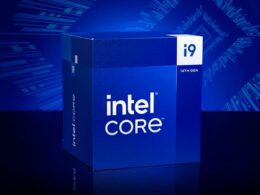AMD has decided to make its Radeon RX 7900 GRE graphics card available on an international scale to compete with NVIDIA’S GeForce RTX 4070 GPU. Until now, the Radeon model was only being sold in China. AMD confirmed that international sales will start on February 27th.
Performance and Specifications
The Radeon RX 7900 GRE, based on a cut-down Navi 31 XL GPU, boasts 80 compute units on an RDNA 3 architecture, equivalent to 5,120 stream processors. In comparison, the Radeon RT 7900 XT is equipped with a chip featuring 84 compute units and 5,376 stream processors. The Radeon RX 7900 GRE includes 16GB of GDDR6 video memory and a 256-bit bus.
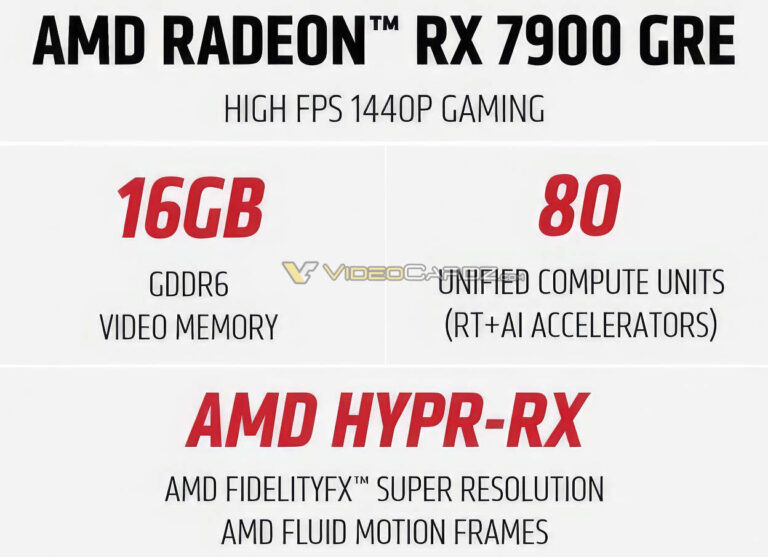
Pricing and Competition
The Radeon RX 7900 GRE is marketed as a competitor of the GeForce RTX 4070 (non-Super model), which saw a $50 price drop last month following the release of its Super variant. The recommended price of both GPUs is now $549. The Radeon RX 7900 GRE is priced $100 lower than its announcement price in August of the previous year, but has only been officially available in China until now. The ‘GRE’ in its name stands for Golden Rabbit Edition, marking the previous Chinese New Year of the Rabbit.
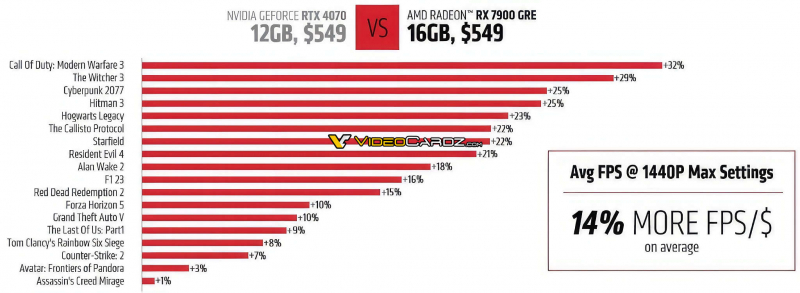
The Advantage over Competition
According to AMD’s internal tests, the card performs 1% to 32% faster in various games, providing 14% more Frames per Second (FPS) per dollar spent. The full performance review of the Radeon RX 7900 GRE can be found in our complete review article.
Availability and Variants
Despite the Radeon RX 7900 GRE being exclusive to China, it was still available for purchase in other countries, but only as part of a ready-made gaming PC. Some retailers also sold it as a standalone product. Now, with the official international launch, more custom versions of this graphics card will become available. You can see some variants in the pictures below.
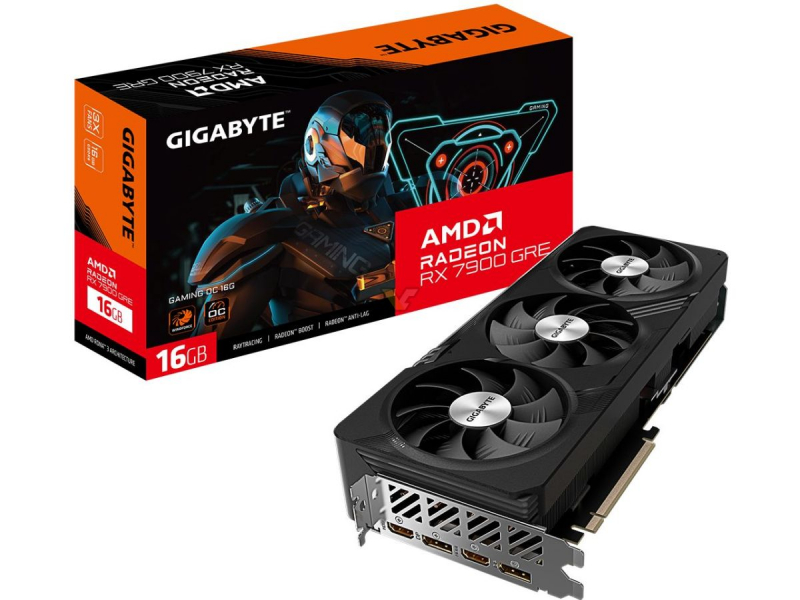
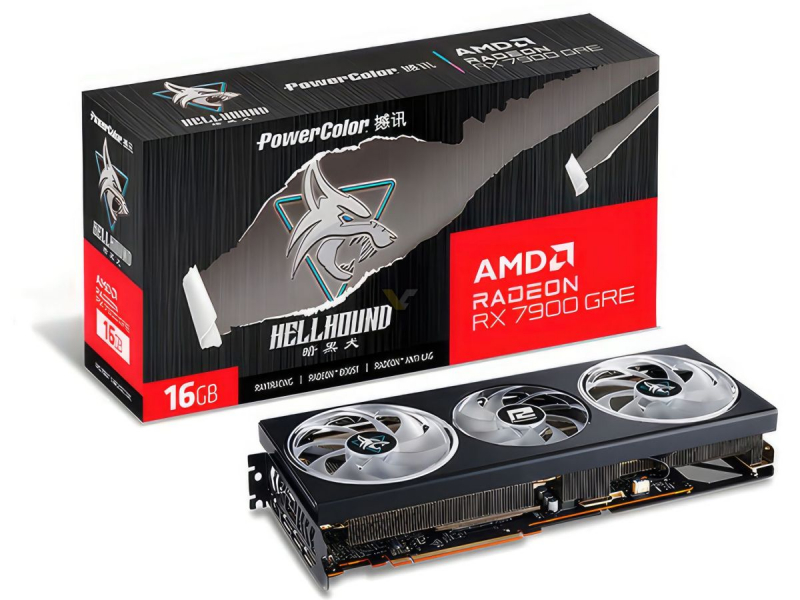
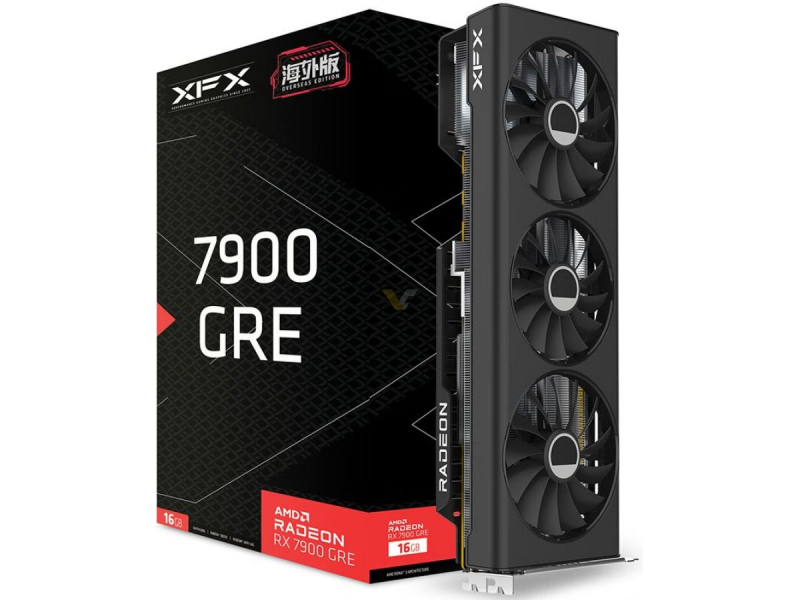
Where It Fits in AMD’s Lineup
In AMD’s desktop GPU lineup based on the RDNA 3 architecture, the Radeon RX 7900 GRE ranks between the RX 7900 XT and the RX 7800 XT, which currently retail for $699 and $489 respectively. The major downside of the card is its limited power reserve, capped at 260W, making it just slightly faster than the RX 7800 XT with a Thermal Design Power (TDP) of 263W, despite the latter having 33% more graphics cores.

